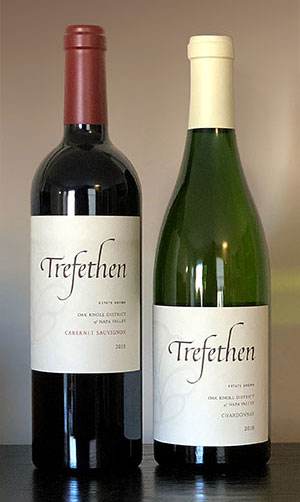 The pioneering Trefethen Family Vineyards is truly a rarity in the Napa Valley: a winery that grows, vinifies, and ages all of its wines entirely on the property, and has been helmed by a single family for three generations.
The pioneering Trefethen Family Vineyards is truly a rarity in the Napa Valley: a winery that grows, vinifies, and ages all of its wines entirely on the property, and has been helmed by a single family for three generations.
The area in which Trefethen is located is one of the oldest in Napa Valley’s wine history. Nearly 2,000 acres were originally purchased in 1851 by J.W. Osborne, who called it Oak Knoll. He planted grapes there the following year, and by 1860 had the largest vineyard in Napa, at 50 acres.
In 1886, banker brothers James and George Goodman founded the Eschol winery in Oak Knoll. The name was taken from the Old Testament, Numbers 13:24, “The place was called the brook Eschol, because of the cluster of grapes which the children of Israel cut down from thence.” The original estate was 280 acres, with 40 acres planted in vineyards. The winery used a gravity-flow system: a horse-drawn winch brought grapes to the third floor of the three-story structure for crushing; gravity carried the juice to the second floor for fermenting; and, eventually, the wine descended to the first floor for aging. It is now the only surviving example in Napa Valley of a wooden gravity-flow winery from the 1800s. After struggling through Prohibition, by 1940 the winery building had fallen into disuse, although for a time in the ’40s Beringer Winery used the space as a storage facility and leased the surrounding vineyards.
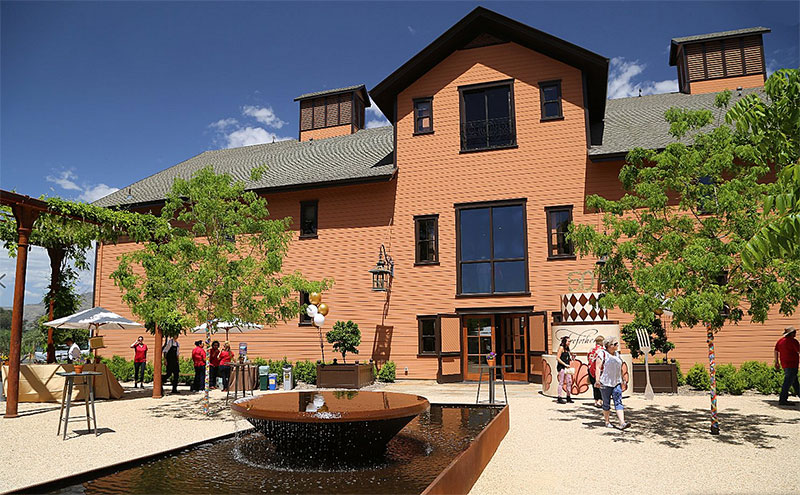
x
Following retirement from a successful career, including CEO, with Kaiser Industries, Eugene Trefethen along with his wife Catherine, better known as Katie, purchased Eshcol and six adjoining properties in 1968, with the goal of become genteel farmers. They installed a robust water system that still serves the vineyard today, but neither of them ever wanted a winery.
The winery operation got going in 1973, the year the Trefethen’s son John and his wife Janet produced their first commercial vintage (2,000 cases of Chardonnay and Pinot Noir). They also replanted the vineyards and restored the historic winery building. Located at the end of what is possibly the longest winery driveway on the Napa Valley floor, it is the largest winery in the Oak Knoll district.
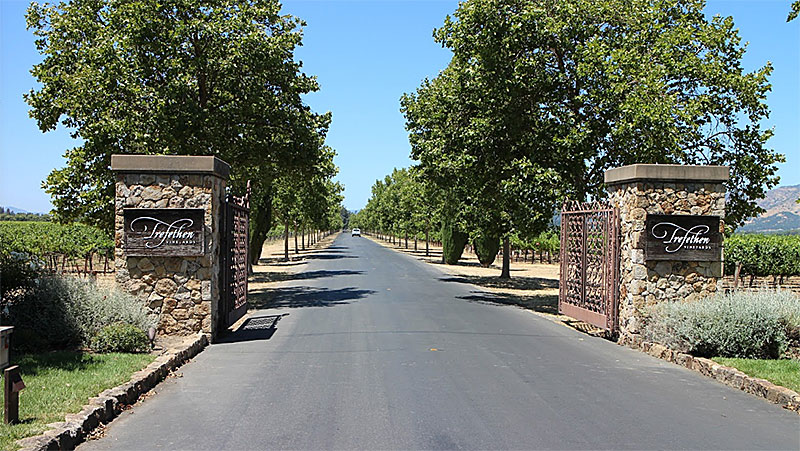
The trees were eventually planted to prevent John Trefethen from using the driveway to land his private plane. Photo: Carlin Arthurs
The Trefethens’ restoration efforts were recognized in 1988 by the Department of the Interior, which placed the winery on the National Register of Historic Places. The property is also known for an extensive garden established by Katie. It has been featured in many publications, and has been a destination for many gardening enthusiasts since it was created.
The flower logo shown here has been part of Trefethen’s branding since the  beginning. Katie had originally used it on signage in her garden areas, and the winery put it on the bottle capsules from very early on. It was long referred to as the “Welsh Flower,” thinking that Katie had tapped into her Welsh heritage. But later research couldn’t find any Welsh history for the mark, so its origins remain a mystery, and it is now just called the “Trefethen Flower” instead.
beginning. Katie had originally used it on signage in her garden areas, and the winery put it on the bottle capsules from very early on. It was long referred to as the “Welsh Flower,” thinking that Katie had tapped into her Welsh heritage. But later research couldn’t find any Welsh history for the mark, so its origins remain a mystery, and it is now just called the “Trefethen Flower” instead.

Eugene and Katie Trefethen’s residence, The Villa, is now used for special events.
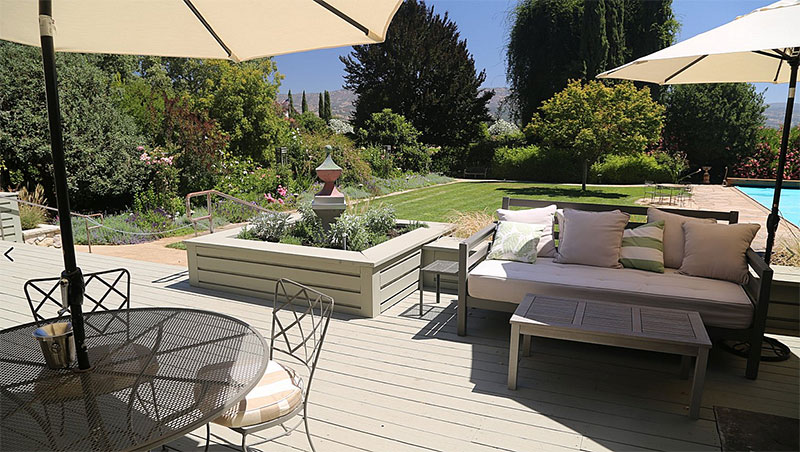
x
John and Janet Trefethen have 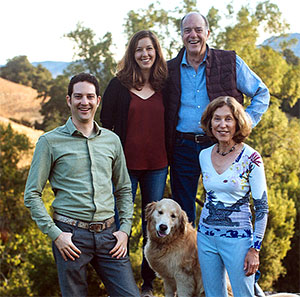 largely stepped back from day-to-day oversight, and the third generation of the family is now deeply involved in the operation. Son Lorenzo focuses on sales and marketing, and daughter Hailey on vineyards and employees.
largely stepped back from day-to-day oversight, and the third generation of the family is now deeply involved in the operation. Son Lorenzo focuses on sales and marketing, and daughter Hailey on vineyards and employees.
In addition to the family, Jon Ruel has long been a part of the business. He started as the viticulturist, 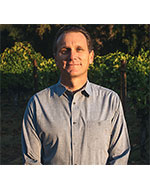 but steadily increased his involvement over the years that have followed. He is now fully responsible for all aspects of the company’s operations and strategy, and was named named CEO in 2015. He had this to say about Trefethen, ““As a true estate winery, we have the unique opportunity to bring integrity to every step of the process, from the soil to the table. My entire focus these days is on cultivating this extended family – and when we succeed, you can not only taste it in the wine, you can feel it.”
but steadily increased his involvement over the years that have followed. He is now fully responsible for all aspects of the company’s operations and strategy, and was named named CEO in 2015. He had this to say about Trefethen, ““As a true estate winery, we have the unique opportunity to bring integrity to every step of the process, from the soil to the table. My entire focus these days is on cultivating this extended family – and when we succeed, you can not only taste it in the wine, you can feel it.”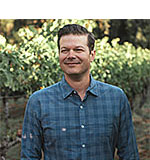
Winemaker Bryan Kays joined Trefethen in 2006 as a viticulture intern. Fascinated with estate-grown wines, he started in the cellar, and eventually worked up to the position of winemaker in 2015.
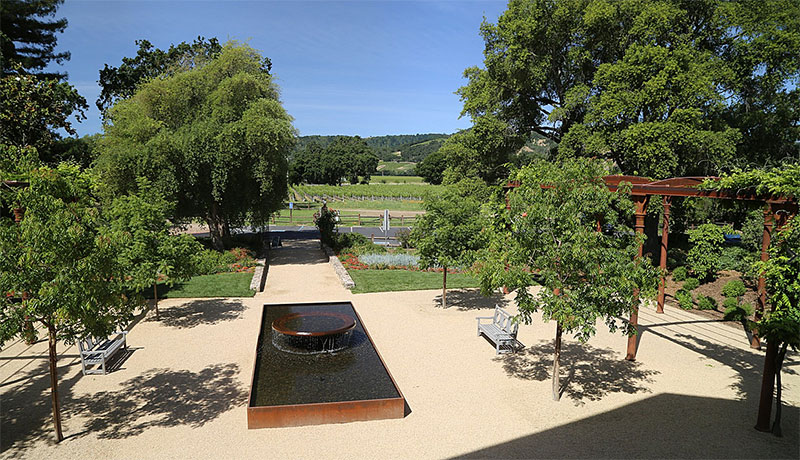
x
In 1979, a “Wine Olympics” was organized by the French restaurant guide Gault Millau in Beaune, France. A total of 330 wines from 33 countries were evaluated by 62 experts from ten countries. The 1976 Trefethen Chardonnay won first place in the category that pitted California Chardonnays against those from Burgundy, and was judged best in the world. This came three years after the more-famous “Judgement of Paris,” further helping to establish the quality of American wine in the world market.
The spirit of support and cooperation in northern California’s wine country that has been so much in evidence during this year’s wildfires goes way back. Two now-notable wineries got their start at Trefethen. Cakebread Cellars purchased some grapes for their first vintage from Trefethen, and made their initial wine there. Domain Chandon (the American operation of the French Champagne leviathan Moët et Chandon) began their winemaking efforts by taking over the second floor of the winery while their own facility was being constructed.
The Vineyards and Environmental Commitment
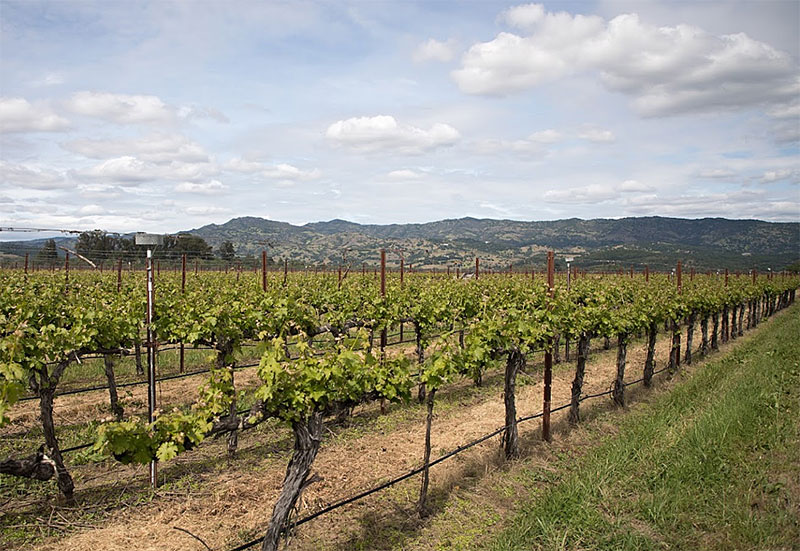
The Main Ranch Vineyard. Photo: Arturo Pardavila
The Vineyards
The original 400 acres surrounding the winery are known as the Main Ranch. It sits on the largest alluvial fan in Napa Valley, where Dry Creek spills onto the valley floor and spreads gravel eroded from the Mayacamas mountains over clay and loam left by an ancient ocean. Over twenty different soil types have been identified in the vineyard, allowing Trefethen to grow nine different varieties there, all planted in their preferred soil.
Trefethen now also owns another 150 mostly hillside acres surrounding a spring-fed creek, the Hill Spring Vineyard, of which 40 acres are planted to Bordeaux varieties. It is about three miles from the winery in the foothills of the Mayacamas.
Although a relatively large producer (about 75,000 cases annually, but it varies with each harvest). Trefethen has farmed their vineyards sustainably since the beginning. They are all managed by employees, without outsourcing the work to a vineyard management company. A true “estate” operation, they have never purchased grapes from anyone.
Biodiversity
Bluebirds, owls, and bats inhabit the vineyards. All of these species are native to the area and play important roles as natural predators. The property also attracts other birds of prey such as kestrels and red-tailed hawks. Cover crops provide habitat for beneficial insects, spiders, jackrabbits, and more, all of which play important roles in the ecosystem. Cover crop use also increases water infiltration as the roots create channels in the soil that can directly impact soil fertility via nitrogen fixation.
Soil Health
Every part of the grape cluster but the juice– the stem, skins, and seeds – is combined with clippings from the gardens and manure from the stables to make a compost which is spread out into the vineyard each year.
Water Conservation
The property includes two reservoirs. After collection, the water is transferred to biological settlement ponds, where the organic compounds are digested by bacteria, rendering the water appropriate for re-use in vineyard irrigation.
Energy Usage
A number of solar arrays are on the property, providing power for the winery and production facilities. They were one of the first wineries to offset 100% of their electricity usage with on-site solar power.
Certifications
As a major part of their commitment to ecological responsibility, Trefethen participates in a number of certification programs.
The Napa Green organization supervises two programs. Land is an umbrella program that recognizes growers with validated environmental compliance and verified farm plans as meeting standards for watershed stewardship. Winery is one of only four sustainable winegrowing programs nationwide, offering the opportunity for comprehensive soil-to-bottle certification in both the vineyard and winery.
The California Sustainable Winegrowing Alliance is a certification program that provides verification that a winery or vineyard implements sustainable practices and continuous improvement
Trefethen Family Vineyards Oak Knoll District Estate Chardonnay 2018
Trefethen’s highest-volume wine, this Chardonnay was 100% sourced from the Main Ranch. After both barrel and malolactic fermentation, the wine was aged for nine months in 13% new oak.
It is a pale straw gold in the glass. The nose presents aromas of lemon, lime, and grapefruit, plus a hint of peach. The smooth palate features these same flavors, as well as some lemon curd and just a suggestion of oak. It’s all wrapped up in a refreshing zippy acidity. The ABV is 13.3%, and 28,800 cases were produced.
Trefethen Family Vineyards Oak Knoll District Estate Cabernet Sauvignon 2018
This wine is a blend of 84% Cabernet Sauvignon (enough that it isn’t labeled a “red blend”), 10% Petit Verdot, 3% Merlot, 2% Malbec, and 1% Cabernet Franc, all sourced from the Main Ranch vineyard. It always amuses me when winemakers include 1 or 2% of something. It’s hard to imagine how much difference that could make, but they certainly think it is worth the effort. After fermentation, it was aged for 18 months in 52% new oak.
This full-bodied wine is inky dark purple. The nose displays aromas of dark stone fruits, particularly plum, and earth. These continue on the palate, with the addition of prunes and cocoa, plus a little vanilla. There is well-balanced acidity, as well as plenty of grippy but nicely integrated tannins. The ABV is 14.2%, and 23,880 cases were produced.
Note: Trefethen releases some of their red wines fairly young – if you have the patience, consider holding these for several years while they develop additional complexities and nuances. But do as I say and not as I do; there was a time when I would have bottle aged a wine like this for 10 years or so, but I have largely abandoned holding bottles more than four or five years at the most, as I prefer the more up-front characteristics, especially tannins, of a young red.
Top of page: https://winervana.com/blog/

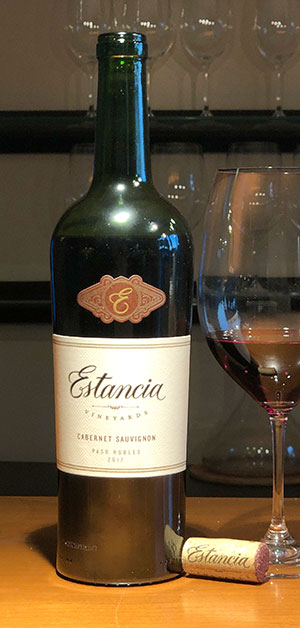 Wikipedia says an “estancia is a large, private plot of land used for farming or cattle-raising. Estancias in the southern South American grasslands, the pampas, have historically been estates used to raise livestock, such as cattle or sheep. In Puerto Rico, an estancia was a farm growing frutos menores, that is, crops for local sale and consumption; the equivalent of a truck farm in the United States. In some areas of Spanish America, especially Argentina, they are large rural complexes with similarities to what in the United States is called a ranch.”
Wikipedia says an “estancia is a large, private plot of land used for farming or cattle-raising. Estancias in the southern South American grasslands, the pampas, have historically been estates used to raise livestock, such as cattle or sheep. In Puerto Rico, an estancia was a farm growing frutos menores, that is, crops for local sale and consumption; the equivalent of a truck farm in the United States. In some areas of Spanish America, especially Argentina, they are large rural complexes with similarities to what in the United States is called a ranch.”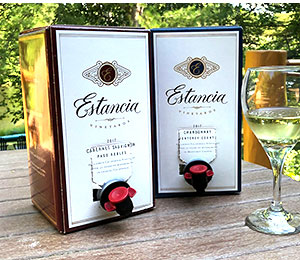 delicious and reliable. And I buy it by the case; the most recent one cost $84. Yep, that’s $7 a bottle, folks. Although harder to find, it’s available in a four-bottle-equivalent box for about $30 as well.
delicious and reliable. And I buy it by the case; the most recent one cost $84. Yep, that’s $7 a bottle, folks. Although harder to find, it’s available in a four-bottle-equivalent box for about $30 as well.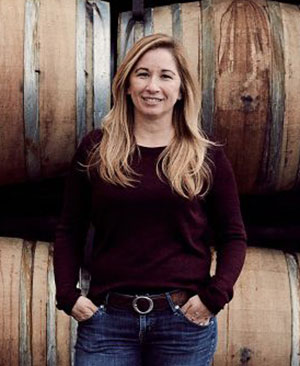
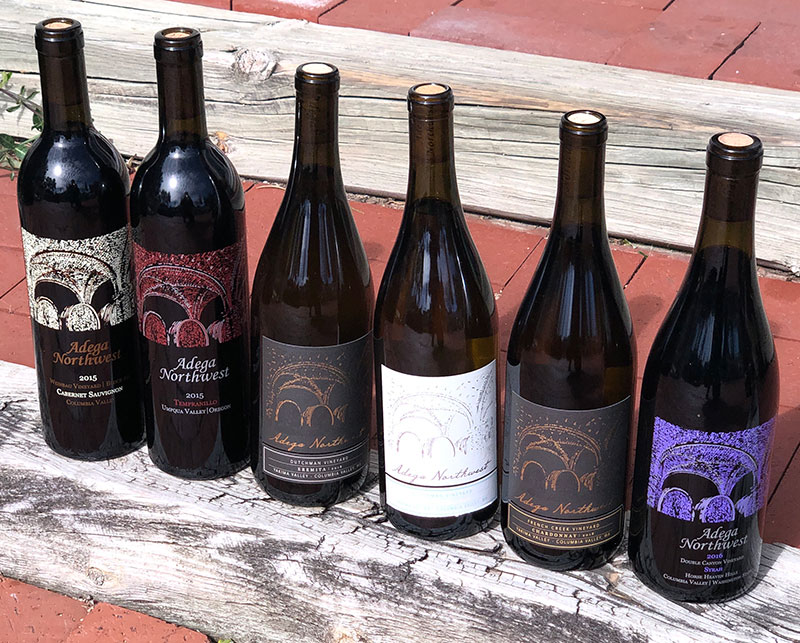
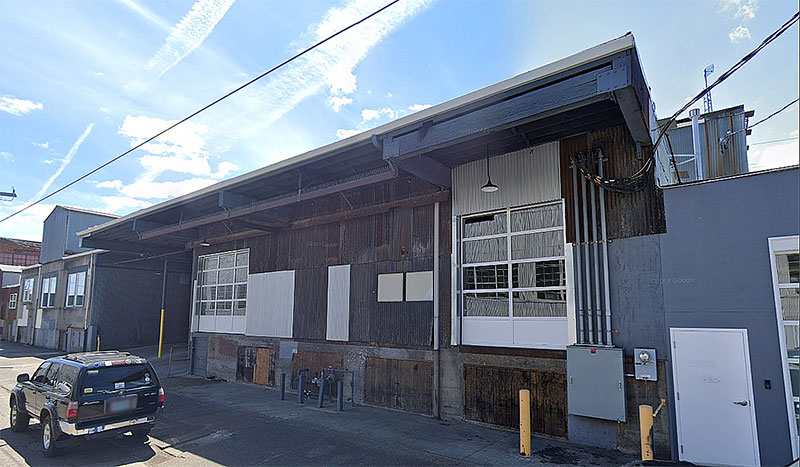
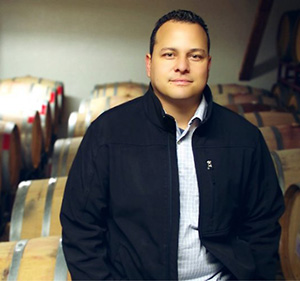
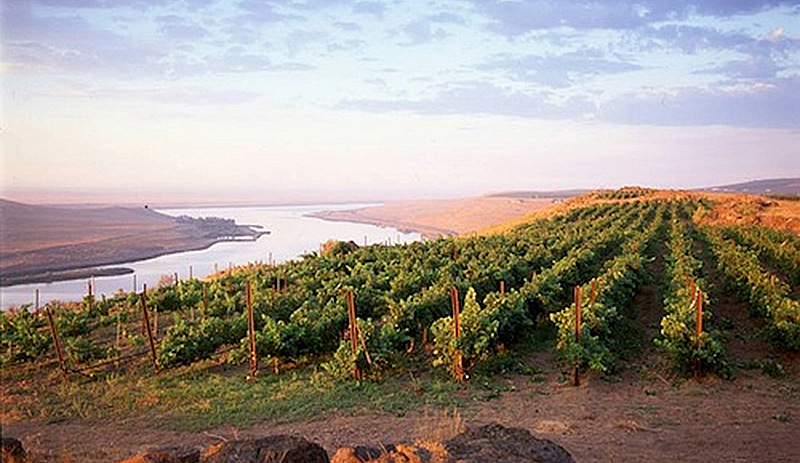 This 267-acre site, the only one actually owned by Adega, is located high on the bluffs overlooking the Columbia River, in the Horse Heaven Hills
This 267-acre site, the only one actually owned by Adega, is located high on the bluffs overlooking the Columbia River, in the Horse Heaven Hills 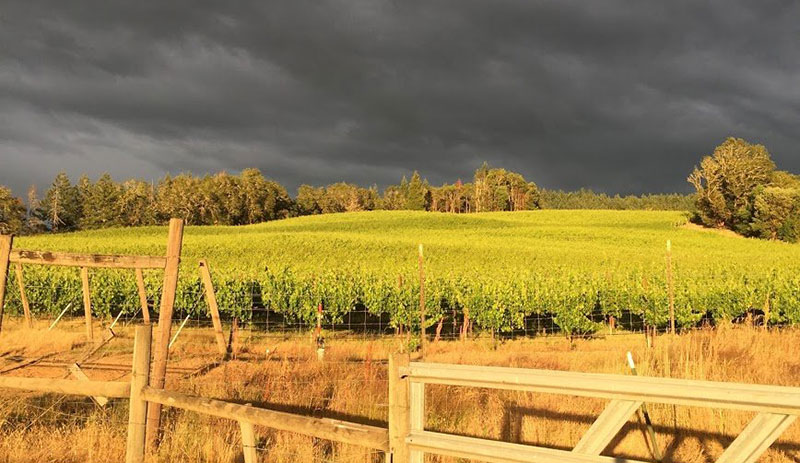
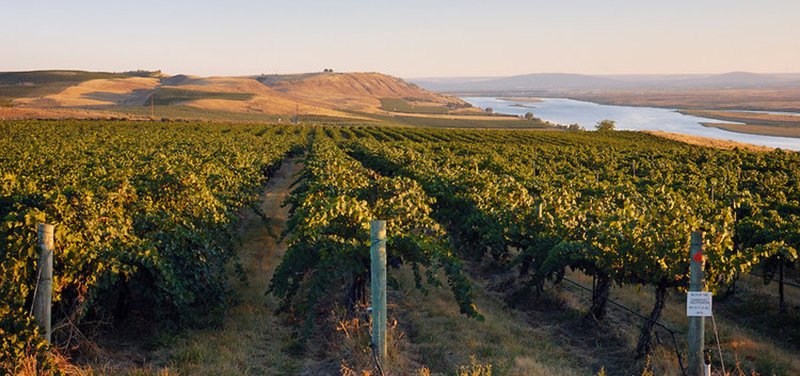 Located between Yakima Valley and the Columbia River, the 90-acre Double Canyon Vineyard has a dry desert landscape. The weather is influenced by close proximity to the Columbia River, which creates sweeping winds and other distinctive weather patterns that protect the vines from extreme temperatures, fungal disease, and pests. The soil is sandy, quick-draining loam. The vineyard is planted primarily to Bordeaux varietals and Syrah.
Located between Yakima Valley and the Columbia River, the 90-acre Double Canyon Vineyard has a dry desert landscape. The weather is influenced by close proximity to the Columbia River, which creates sweeping winds and other distinctive weather patterns that protect the vines from extreme temperatures, fungal disease, and pests. The soil is sandy, quick-draining loam. The vineyard is planted primarily to Bordeaux varietals and Syrah.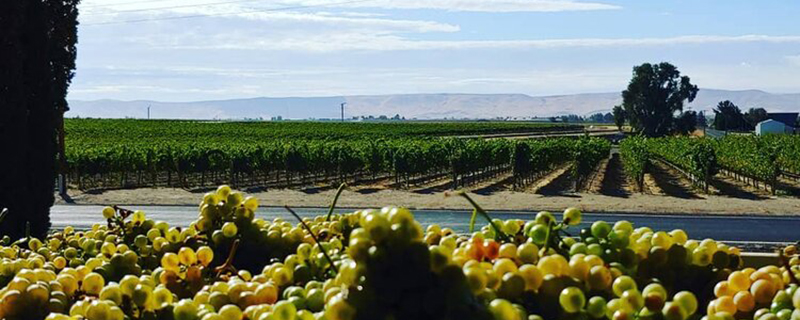 Dutchman Vineyard was planted in 1991. It is located in a very cool region in the Yakima Valley. Adega Northwest has been sourcing Alvarinho, Marsanne, Roussanne, and Riesling from here since 2017.
Dutchman Vineyard was planted in 1991. It is located in a very cool region in the Yakima Valley. Adega Northwest has been sourcing Alvarinho, Marsanne, Roussanne, and Riesling from here since 2017.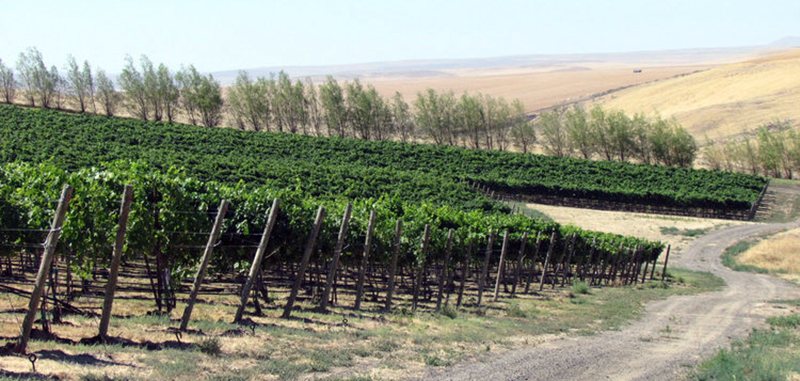
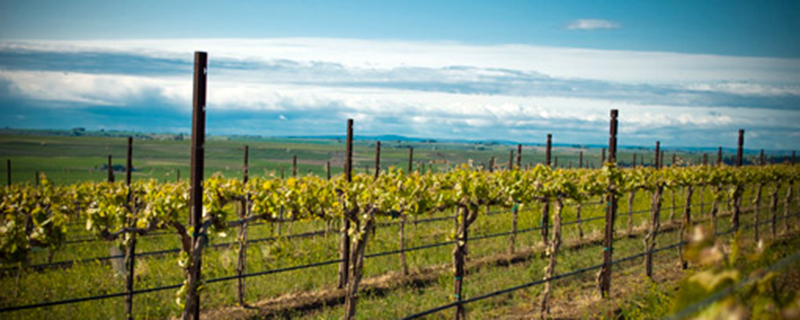 Planted by brothers Bob and Roger Gamache in 1980, this 180-acre vineyard sits up on the white bluffs overlooking Basin City to the east in the Columbia Valley AVA. The soil is primarily Warden sandy loam, with a little Kennewick sandy loam, as well as, in the northern part of the site, caliche (a hardened natural cement of calcium carbonate) about 12 inches down. The property is planted to Riesling, Chardonnay, Roussanne, Viognier, Sauvignon Blanc, Pinot Gris, Cabernet Sauvignon, Merlot, Cabernet Franc, Syrah, and Malbec.
Planted by brothers Bob and Roger Gamache in 1980, this 180-acre vineyard sits up on the white bluffs overlooking Basin City to the east in the Columbia Valley AVA. The soil is primarily Warden sandy loam, with a little Kennewick sandy loam, as well as, in the northern part of the site, caliche (a hardened natural cement of calcium carbonate) about 12 inches down. The property is planted to Riesling, Chardonnay, Roussanne, Viognier, Sauvignon Blanc, Pinot Gris, Cabernet Sauvignon, Merlot, Cabernet Franc, Syrah, and Malbec.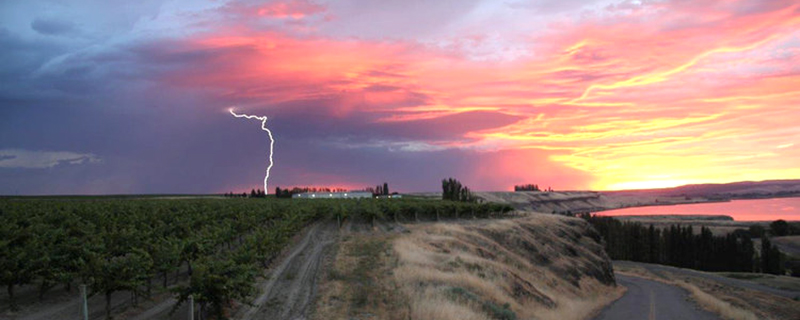 Established in the mid-1980s by Jeff Gordon of
Established in the mid-1980s by Jeff Gordon of 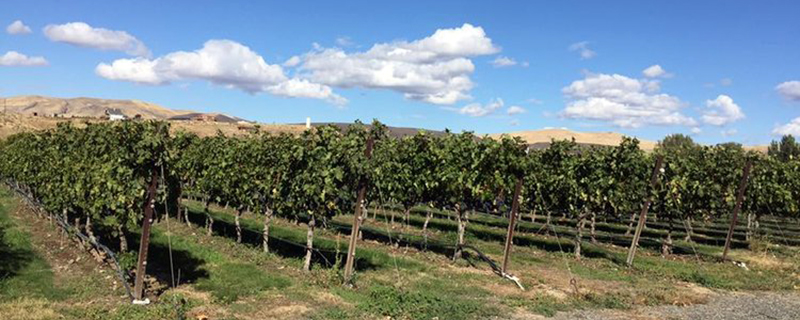 This is the estate vineyard of
This is the estate vineyard of 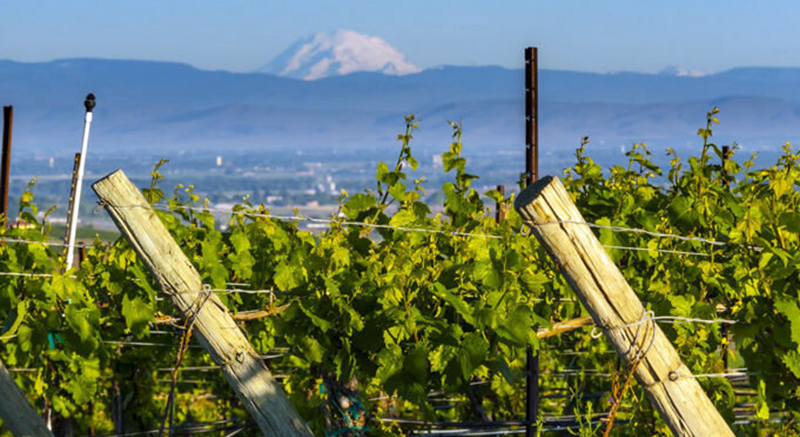 Farming wine grapes since 1968, four generations of the Newhouse family have helped maintain the Upland legacy, which started over 100 years ago. Originally planted by William B. Bridgman in 1917, Snipes Mountain is widely considered the birth place of Washington wine. Today that original vineyard is still bearing fruit, and the vines’ longevity is a testament to the favorable weather conditions there. With an elevation that ranges from 750 to 1300 feet, the fecund Upland is able to grow over 35 varieties of wine grapes. (To be clear, Upland is in Washington, and on Snipes Mountain, but the snow-covered promontory in the background is Oregon’s Mt. Hood, seen looking to the southwest.)
Farming wine grapes since 1968, four generations of the Newhouse family have helped maintain the Upland legacy, which started over 100 years ago. Originally planted by William B. Bridgman in 1917, Snipes Mountain is widely considered the birth place of Washington wine. Today that original vineyard is still bearing fruit, and the vines’ longevity is a testament to the favorable weather conditions there. With an elevation that ranges from 750 to 1300 feet, the fecund Upland is able to grow over 35 varieties of wine grapes. (To be clear, Upland is in Washington, and on Snipes Mountain, but the snow-covered promontory in the background is Oregon’s Mt. Hood, seen looking to the southwest.)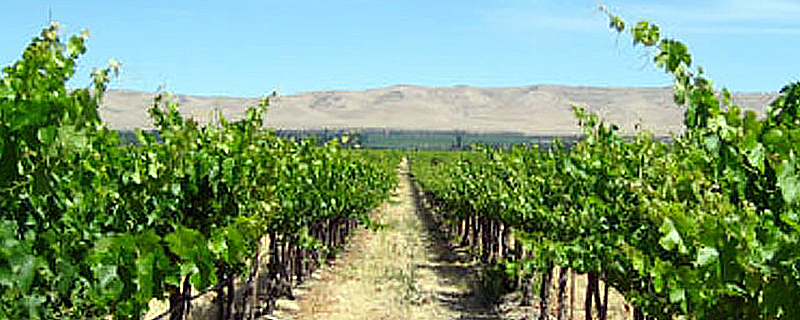 With views of the Rattlesnake Mountains to the south and the Saddle Mountains to the north, Weinbau Vineyard slopes gently south, with elevations ranging from 710 to 950 feet. It is a relatively warm site, with excellent air drainage, and the soil is dominated by Kennewick silt loam. This 460-acre property was originally planted to Riesling, Chardonnay, and Gewurztraminer in 1981. Cabernet Sauvignon, Syrah, Malbec, Mourvedre, Merlot, Carmenere, Grenache, and Cabernet Franc were added in subsequent years.
With views of the Rattlesnake Mountains to the south and the Saddle Mountains to the north, Weinbau Vineyard slopes gently south, with elevations ranging from 710 to 950 feet. It is a relatively warm site, with excellent air drainage, and the soil is dominated by Kennewick silt loam. This 460-acre property was originally planted to Riesling, Chardonnay, and Gewurztraminer in 1981. Cabernet Sauvignon, Syrah, Malbec, Mourvedre, Merlot, Carmenere, Grenache, and Cabernet Franc were added in subsequent years. Until Yellow Tail precipitated the boom in “critter wines” in 2000, it can be argued that Penfolds was just about synonymous with Australian wine in the U.S. The label is ubiquitous here, in both grocery stores and fine wine shops. Prices range from about $12 per bottle for the Koonunga Hill Shiraz-Cabernet, to $850 for the legendary Grange, and everything in between. (That $850 is doubly amazing, because just five or six years ago Grange was “only” about $200.) The selections are mostly reds plus a few whites and even a tawny Port.
Until Yellow Tail precipitated the boom in “critter wines” in 2000, it can be argued that Penfolds was just about synonymous with Australian wine in the U.S. The label is ubiquitous here, in both grocery stores and fine wine shops. Prices range from about $12 per bottle for the Koonunga Hill Shiraz-Cabernet, to $850 for the legendary Grange, and everything in between. (That $850 is doubly amazing, because just five or six years ago Grange was “only” about $200.) The selections are mostly reds plus a few whites and even a tawny Port.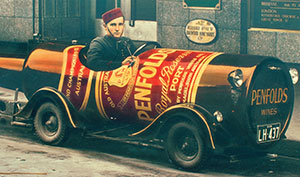
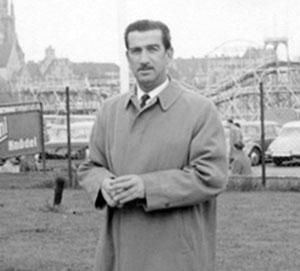
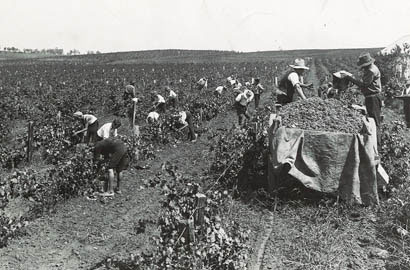
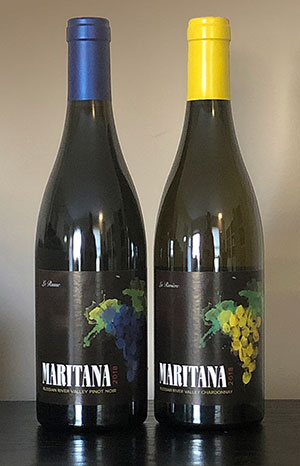
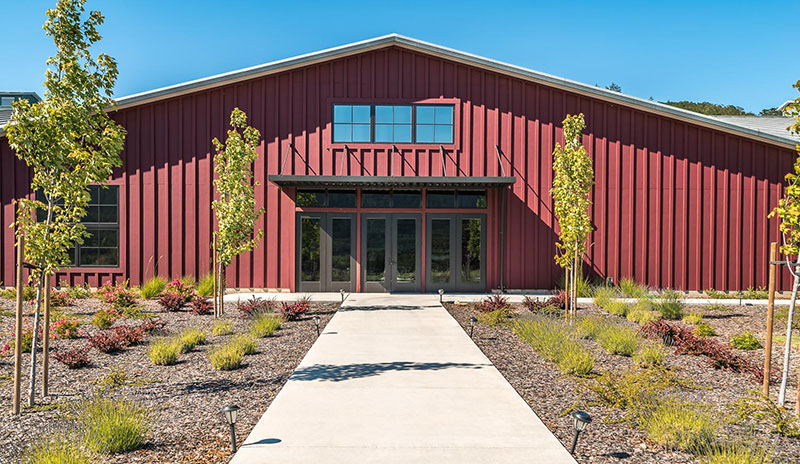 Since Maritana is a small, personal project, Patz needed to find a production partner. A fortuitous lunch with Adam Lee of
Since Maritana is a small, personal project, Patz needed to find a production partner. A fortuitous lunch with Adam Lee of 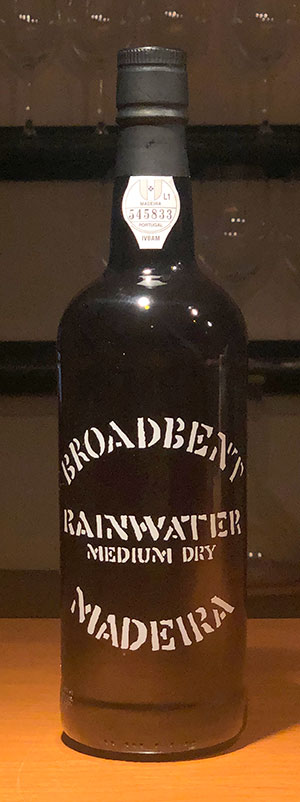 Ports, Sherries, Marsalas, and Madeiras are all beverages that fall under the broad category of fortified wines. During fermentation, the wine is “fortified” with brandy or neutral grain spirits. Originally, this was done to preserve and stabilize the wine for shipment, usually to England. It is now done to create sweet wine; the addition of the alcohol kills the fermentation yeasts, retaining any residual sugar.
Ports, Sherries, Marsalas, and Madeiras are all beverages that fall under the broad category of fortified wines. During fermentation, the wine is “fortified” with brandy or neutral grain spirits. Originally, this was done to preserve and stabilize the wine for shipment, usually to England. It is now done to create sweet wine; the addition of the alcohol kills the fermentation yeasts, retaining any residual sugar. Broadbent is now helmed by Michael’s son Bartholomew. He was raised in the English wine trade in a formal apprenticeship to his father. The Broadbent line includes Port from the Douro, Madeiras and Vinho Verde from Portugal, and a Gruner Veltliner made in Austria.
Broadbent is now helmed by Michael’s son Bartholomew. He was raised in the English wine trade in a formal apprenticeship to his father. The Broadbent line includes Port from the Douro, Madeiras and Vinho Verde from Portugal, and a Gruner Veltliner made in Austria.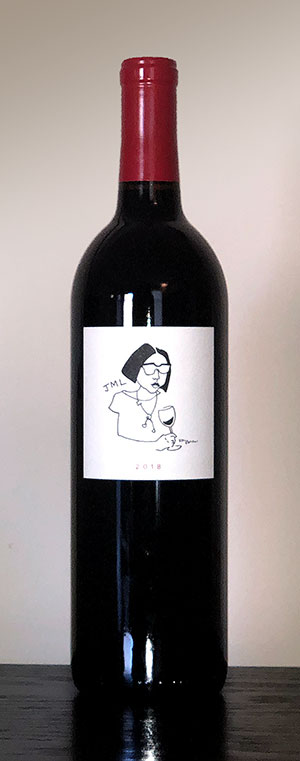 Patz & Hall was founded in 1988 when two
Patz & Hall was founded in 1988 when two 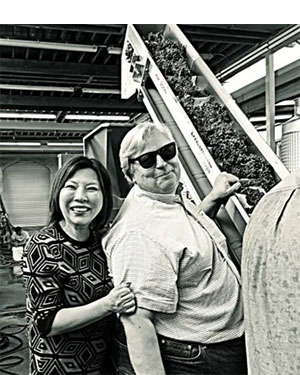 Patz left Patz & Hall in 2017 to establish the Donald Patz Wine Group with his wife and business partner Jung Min Lee. The project oversees three distinct labels:
Patz left Patz & Hall in 2017 to establish the Donald Patz Wine Group with his wife and business partner Jung Min Lee. The project oversees three distinct labels: 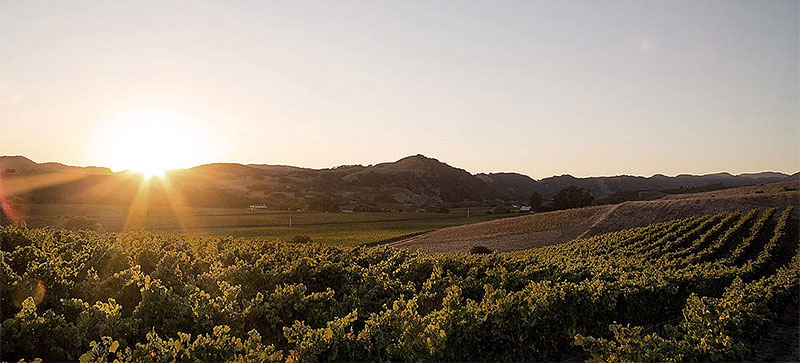
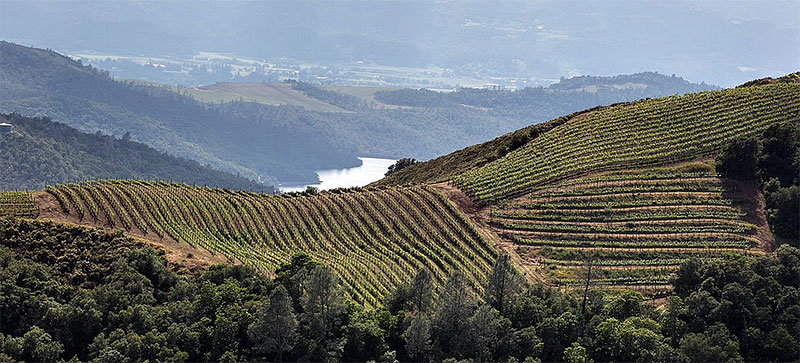 This vineyard is perched high on the hills above Lake Hennessey to the east of St. Helena. It was planted in 1998. The land here is a unique mixture of well- to excessively-drained sedimentary and metamorphic soils underlain by a bedrock of Franciscan complex. Silty clay loams with varying depths, mixtures of gravels, and fractured rock undulate among the steep slopes. The vineyard is a series of small plots that run along the ridge lines, and is owned by Judy Jordan of
This vineyard is perched high on the hills above Lake Hennessey to the east of St. Helena. It was planted in 1998. The land here is a unique mixture of well- to excessively-drained sedimentary and metamorphic soils underlain by a bedrock of Franciscan complex. Silty clay loams with varying depths, mixtures of gravels, and fractured rock undulate among the steep slopes. The vineyard is a series of small plots that run along the ridge lines, and is owned by Judy Jordan of 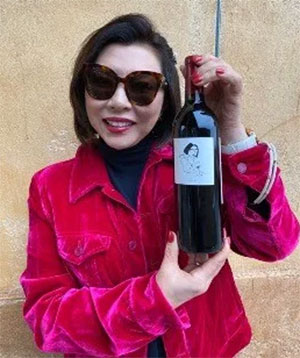
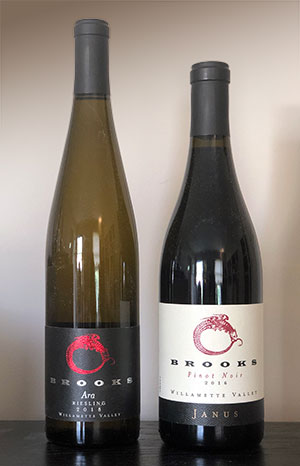
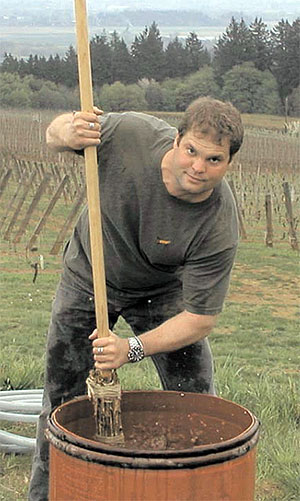 The free-spirited Jimi Brooks began his career by spending eight years throughout Europe, particularly Beaujolais, learning his craft in the vineyards and wineries there. After that sojourn, he returned to Oregon committed to a life in wine, based on his own intuition as well as holistic and biodynamic farming practices, still a relative novelty just over twenty years ago. He continued to hone his skills with winemaking stints at
The free-spirited Jimi Brooks began his career by spending eight years throughout Europe, particularly Beaujolais, learning his craft in the vineyards and wineries there. After that sojourn, he returned to Oregon committed to a life in wine, based on his own intuition as well as holistic and biodynamic farming practices, still a relative novelty just over twenty years ago. He continued to hone his skills with winemaking stints at 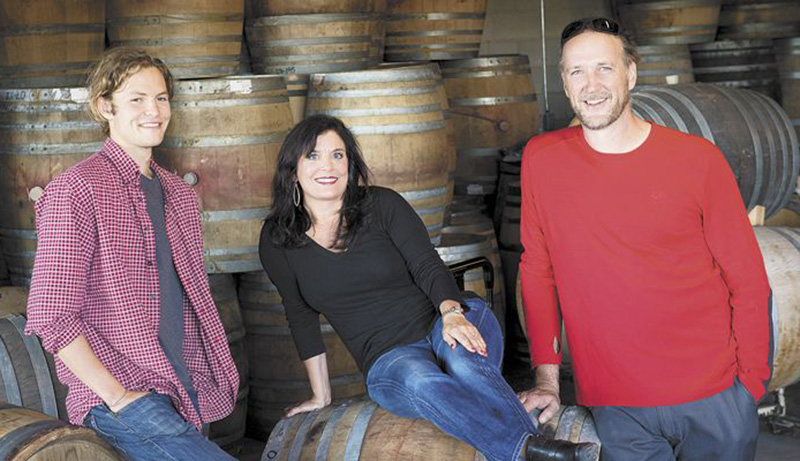
 Brooks Wines’ distinctive logo is an ouroboros (or uroboros). It is an ancient symbol depicting a serpent or dragon eating its own tail to assure its future existence. Originating in ancient Egyptian iconography, the ouroboros entered western tradition via Greek magic and mysticism. Heuck shared, “We like to talk about it symbolizing the circle of life, continuation. My brother got it as a tattoo on his left shoulder in the early ’90s. It meant so much to him that he decided to make it his wine label.”
Brooks Wines’ distinctive logo is an ouroboros (or uroboros). It is an ancient symbol depicting a serpent or dragon eating its own tail to assure its future existence. Originating in ancient Egyptian iconography, the ouroboros entered western tradition via Greek magic and mysticism. Heuck shared, “We like to talk about it symbolizing the circle of life, continuation. My brother got it as a tattoo on his left shoulder in the early ’90s. It meant so much to him that he decided to make it his wine label.”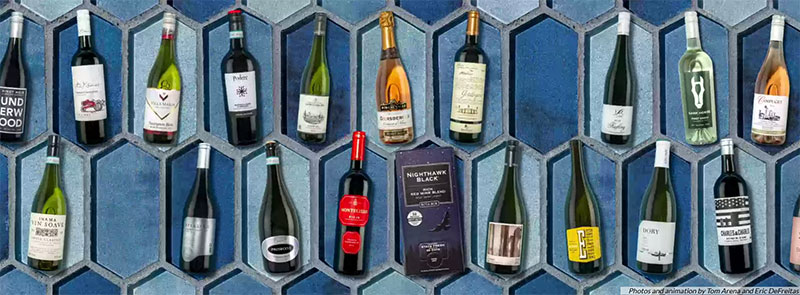
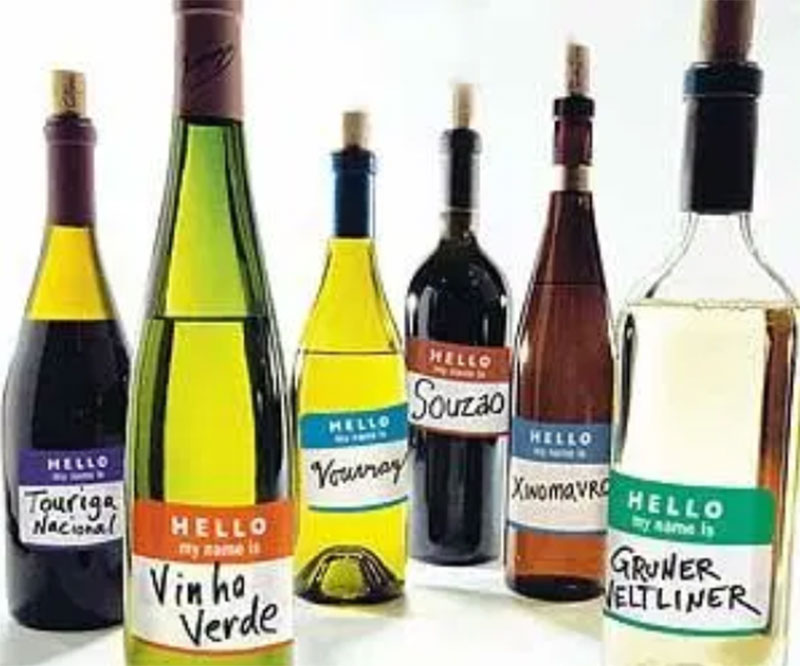
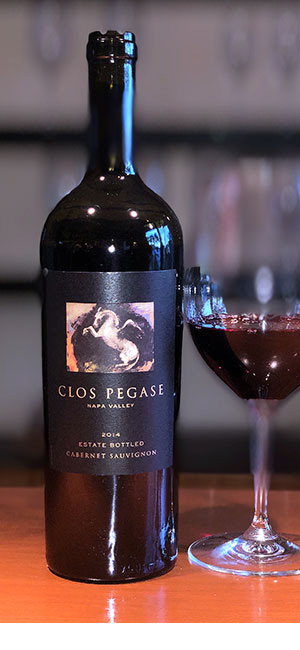
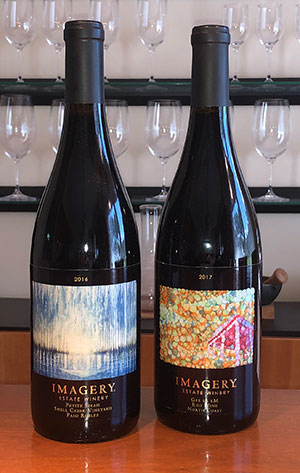
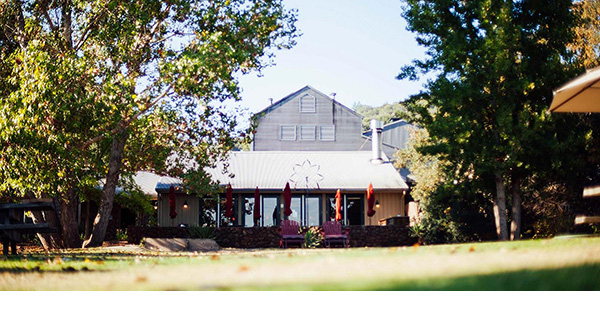
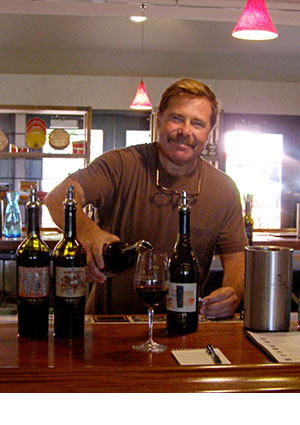 Joe Benziger
Joe Benziger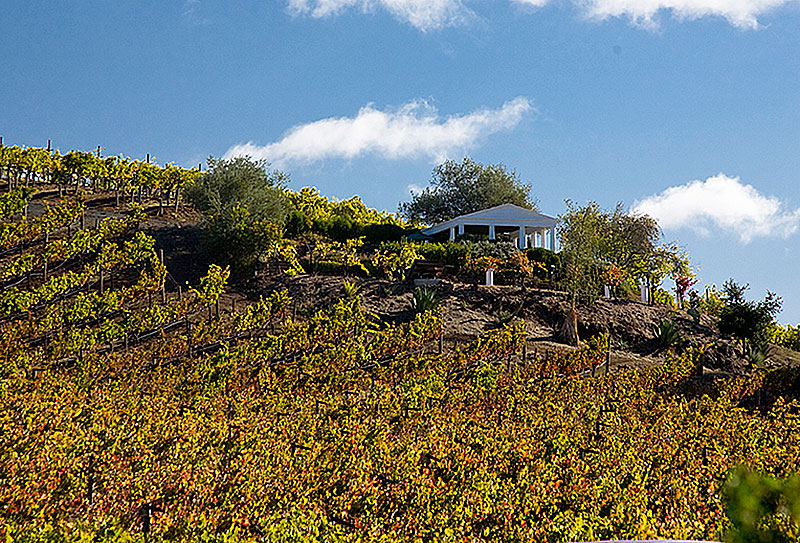
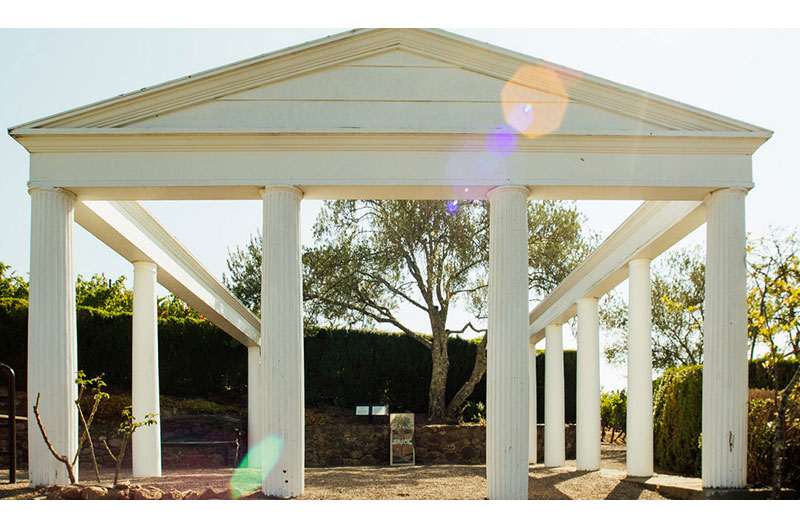
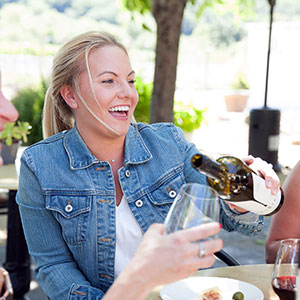 In December 2017, Joe Benziger retired, and his daughter Jamie took over as second-generation winemaker. She was named the 2019 Best Woman Winemaker in the International Women’s Wine Competition, and was also included on Wine Enthusiast’s list of 40 Under 40 Tastemakers.
In December 2017, Joe Benziger retired, and his daughter Jamie took over as second-generation winemaker. She was named the 2019 Best Woman Winemaker in the International Women’s Wine Competition, and was also included on Wine Enthusiast’s list of 40 Under 40 Tastemakers.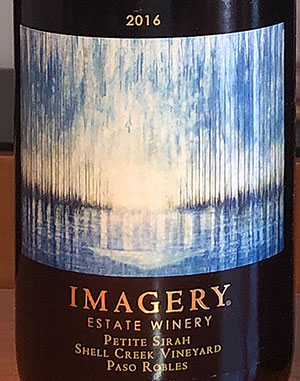 The label artist is Robin Denevan of San Francisco, California. The image is part of Denevan’s River Series, and is an encaustic painting, a mixed media technique that involves using heated beeswax to which colored pigments have been added. The liquid/paste is then applied to a surface — usually prepared wood, although canvas and other materials are also used. The term is derived from Greek, meaning a burning in. A subtle reflection of the “Parthenon” is shown in the water in the bottom third of the picture.
The label artist is Robin Denevan of San Francisco, California. The image is part of Denevan’s River Series, and is an encaustic painting, a mixed media technique that involves using heated beeswax to which colored pigments have been added. The liquid/paste is then applied to a surface — usually prepared wood, although canvas and other materials are also used. The term is derived from Greek, meaning a burning in. A subtle reflection of the “Parthenon” is shown in the water in the bottom third of the picture.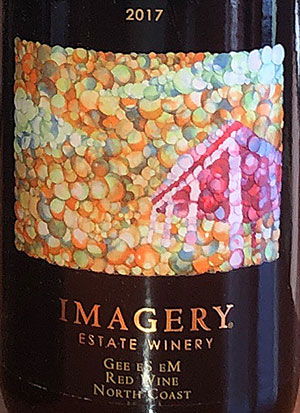 The art adorning this bottle is by Santa Rosa artist Sami Lange. It is one of her paper collage “quilts” that are created by hand cutting, dying, and stitching thousands of circles to create intricate meditative patterns. The fuchsia “Parthenon” arises from a field of orange.
The art adorning this bottle is by Santa Rosa artist Sami Lange. It is one of her paper collage “quilts” that are created by hand cutting, dying, and stitching thousands of circles to create intricate meditative patterns. The fuchsia “Parthenon” arises from a field of orange.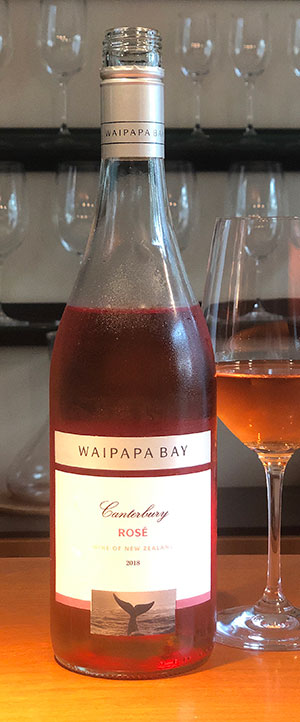 In 1819 English missionaries first brought vines to New Zealand. For the next 150 years or so, most of the wine produced there was for local consumption. That began to change in 1973, when Sauvignon Blanc was planted in
In 1819 English missionaries first brought vines to New Zealand. For the next 150 years or so, most of the wine produced there was for local consumption. That began to change in 1973, when Sauvignon Blanc was planted in 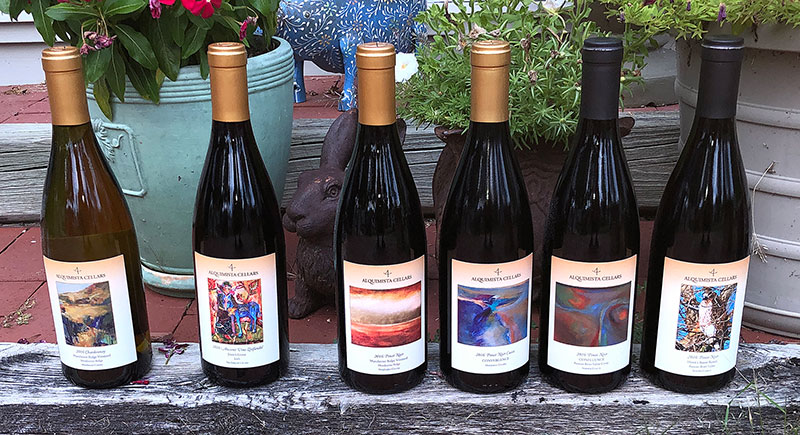
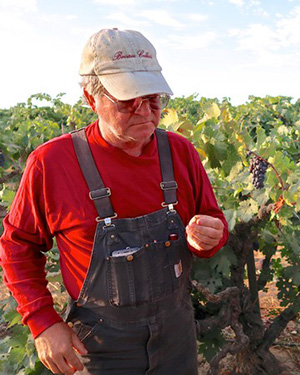 And then, a career in wine
And then, a career in wine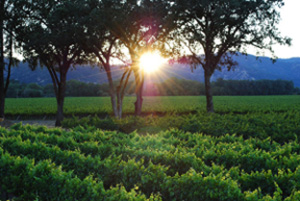 The 141-acre Haiku Vineyard lies at the foot of the Mayacamas Mountains in the Sanel Valley of Mendocino County. Centuries of floods have left a cobbled and stony soil, in which every block has been organically farmed since being planted more than 25 years ago. The Fetzer family has worked it since 2005, using canopy and water management, organic compost, and natural habitats that encourage raptors for rodent control and songbirds for insect control. Cover crops that attract beneficial insects are utilized instead of pesticides, and to prevent erosion, retain moisture, and add organic matter to the soil. Weeds are mowed rather than killed by herbicides.
The 141-acre Haiku Vineyard lies at the foot of the Mayacamas Mountains in the Sanel Valley of Mendocino County. Centuries of floods have left a cobbled and stony soil, in which every block has been organically farmed since being planted more than 25 years ago. The Fetzer family has worked it since 2005, using canopy and water management, organic compost, and natural habitats that encourage raptors for rodent control and songbirds for insect control. Cover crops that attract beneficial insects are utilized instead of pesticides, and to prevent erosion, retain moisture, and add organic matter to the soil. Weeds are mowed rather than killed by herbicides.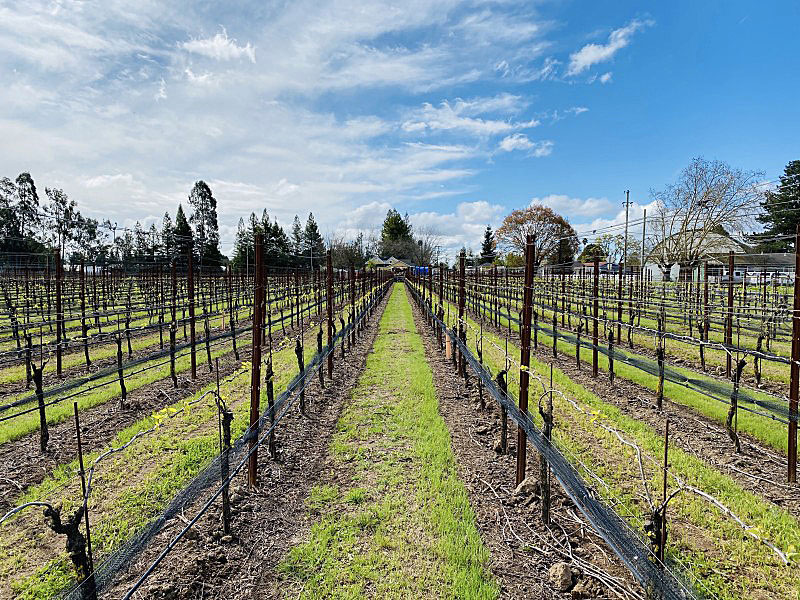
 Owned and farmed by John and Phyllis Bazzano and named for John’s Italian grandfather, the 10-acre Lorenzo Vineyard might have become a golf fairway instead. “My father and some of his friends got wind that the Santa Rosa Golf and Country Club was considering expanding. So, being pretty shrewd, they purchased land that would be in the way of the expansion, hoping for a nice sale,” recalls John. “Well, the expansion never came our way. We ended up with a bunch of oak trees and an old orchard.”
Owned and farmed by John and Phyllis Bazzano and named for John’s Italian grandfather, the 10-acre Lorenzo Vineyard might have become a golf fairway instead. “My father and some of his friends got wind that the Santa Rosa Golf and Country Club was considering expanding. So, being pretty shrewd, they purchased land that would be in the way of the expansion, hoping for a nice sale,” recalls John. “Well, the expansion never came our way. We ended up with a bunch of oak trees and an old orchard.” Manchester Ridge lies about one hour west of
Manchester Ridge lies about one hour west of 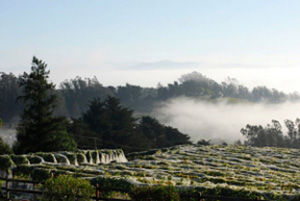 In 1998, La Follette began working with the owners of the Mes Filles Vineyard located in the Russian River Valley. He supervises viticulture to his own specifications on the 10-acre site, which is perched above the fog line atop a hill southwest of Sebastopol. The area is made up of Goldridge soil, a fine sandy loam left from an inland sea that drained into the Pacific more than two million years ago. This soil is known for excellent drainage and good fertility. The sloping vineyard sees long hours of sunlight, and cool coastal evening temperatures are created by marine air moving through the Petaluma Gap.
In 1998, La Follette began working with the owners of the Mes Filles Vineyard located in the Russian River Valley. He supervises viticulture to his own specifications on the 10-acre site, which is perched above the fog line atop a hill southwest of Sebastopol. The area is made up of Goldridge soil, a fine sandy loam left from an inland sea that drained into the Pacific more than two million years ago. This soil is known for excellent drainage and good fertility. The sloping vineyard sees long hours of sunlight, and cool coastal evening temperatures are created by marine air moving through the Petaluma Gap.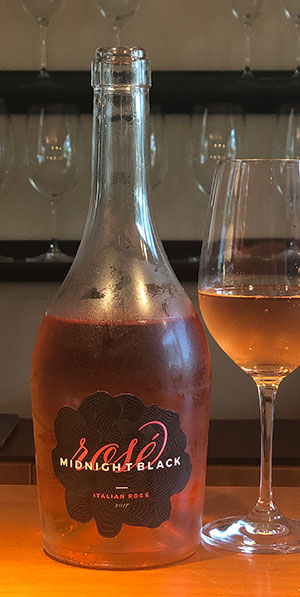 To say that the Taub family is an international wine and spirits powerhouse is, frankly, quite an understatement. It all started on December 6th, 1933, when Martin Taub and his brothers started making brandy in Jersey City. After World War II, Taub started a distributorship in New York because long-time clients Ernest and Julio Gallo needed a partner on the East Coast.
To say that the Taub family is an international wine and spirits powerhouse is, frankly, quite an understatement. It all started on December 6th, 1933, when Martin Taub and his brothers started making brandy in Jersey City. After World War II, Taub started a distributorship in New York because long-time clients Ernest and Julio Gallo needed a partner on the East Coast.